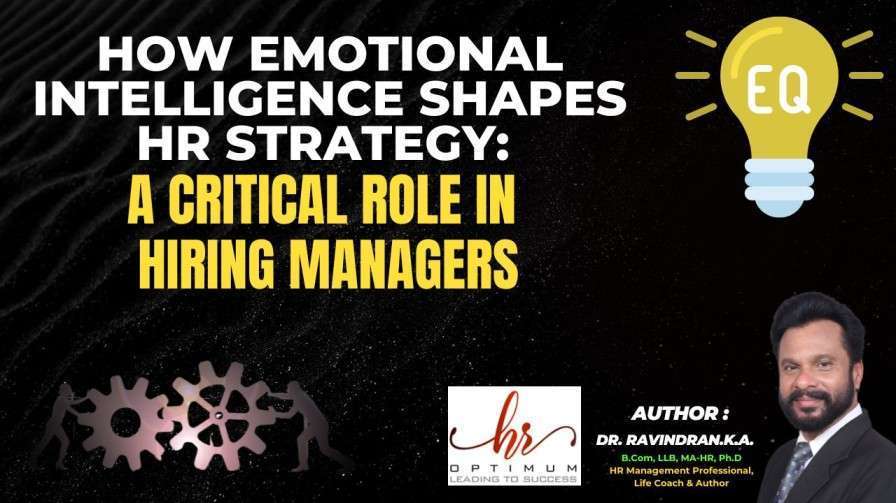Introduction: Talent Acquisition

In today’s competitive landscape, the success of any organisation hinges on its ability to attract and retain top talent. However, traditional recruitment methods often fall short in the face of evolving market dynamics and changing candidate expectations. To stay ahead of the curve, embracing innovation and adopting revolutionary strategies that turbocharge your talent acquisition efforts is essential.
1. Harness the Power of Data Analytics:
Data is the new currency in recruitment. By leveraging advanced analytics tools, you can gain invaluable insights into candidate preferences, market trends, and hiring patterns. Analyzing data allows you to optimize your recruitment strategy, identify areas for improvement, and make informed decisions that drive success.
Example: Utilizing applicant tracking systems (ATS) to track key metrics such as time-to-hire, cost-per-hire, and candidate quality, leading to a 20% increase in recruitment efficiency.
2. Personalize the Candidate Experience:
In today’s digital age, candidates expect personalized experiences at every touchpoint. Tailoring your recruitment process to meet the individual needs and preferences of candidates can significantly enhance engagement and improve conversion rates. From customized communication to tailored job descriptions, personalization is key to attracting top talent.
Example: Implementing targeted email campaigns based on candidate preferences, resulting in a 30% increase in applicant response rates.
3. Embrace Employer Branding:
Your employer brand is your most valuable asset in the war for talent. Building a strong employer brand that reflects your company’s culture, values, and unique selling points can help you stand out from the competition and attract top-tier candidates. Invest in showcasing your employer brand across multiple channels, including social media, career sites, and employee testimonials.
Example: Launching a compelling employer branding campaign highlighting employee success stories, leading to a 25% increase in qualified applicants.
4. Leverage Technology and Automation:
Automation technology has revolutionized the recruitment process, streamlining workflows, reducing administrative burden, and enhancing overall efficiency. From AI-powered chatbots to automated interview scheduling, incorporating technology into your recruitment strategy can save time and resources while improving the candidate experience.
Example: Implementing a chatbot for initial candidate screening, reducing time-to-hire by 40%.
5. Cultivate a Talent Pipeline:
A proactive approach to talent acquisition involves building and nurturing relationships with potential candidates long before they’re actively seeking employment. By cultivating a talent pipeline of qualified candidates, you can reduce time-to-fill positions, minimize recruitment costs, and ensure a steady stream of top talent for future hiring needs.
Example: Hosting networking events and industry meetups to engage with passive candidates, resulting in a 50% increase in quality hires.
6. Embrace Diversity and Inclusion:
Diversity and inclusion are not only ethical imperatives but also essential drivers of innovation and organizational success. By fostering a diverse and inclusive workplace culture, you can attract a wider pool of candidates, improve employee engagement, and enhance overall performance. Prioritize diversity and inclusion initiatives in your recruitment strategy to unlock the full potential of your workforce.
Example: Implementing blind resume screening to eliminate unconscious bias in the hiring process, leading to a 15% increase in diversity hires.
7. Optimize Your Recruitment Marketing Strategy:
Recruitment marketing is a strategic approach to attracting, engaging, and converting top talent. By adopting digital marketing techniques such as SEO, content marketing, and social media advertising, you can amplify your employer brand and reach qualified candidates where they’re most active online.
Example: Creating targeted content campaigns focused on industry-specific topics, resulting in a 40% increase in website traffic and candidate conversions.
8. Foster Collaboration Across Departments:
Effective talent acquisition requires collaboration and alignment across departments, from HR and hiring managers to marketing and finance. By breaking down silos and fostering cross-functional collaboration, you can ensure that recruitment efforts are aligned with business objectives, resulting in more strategic hires and better organizational outcomes.
Example: Implementing regular cross-departmental meetings to align recruitment goals with business objectives, resulting in a 25% increase in hiring manager satisfaction.
9. Prioritize Continuous Learning and Development:
Investing in employee development not only enhances retention but also attracts top talent who are seeking opportunities for growth and advancement. By offering robust learning and development programs, you can demonstrate your commitment to employee success and position your organization as an employer of choice.
Example: Launching a mentorship program to support employee development and career progression, resulting in a 20% increase in employee engagement and retention.
10. Measure and Iterate for Continuous Improvement:
Continuous improvement is the cornerstone of successful talent acquisition. By regularly measuring and analyzing key recruitment metrics, soliciting feedback from candidates and stakeholders, and iterating on your processes, you can identify areas for improvement and optimize your recruitment strategy for ongoing success.
Example: Conducting quarterly recruitment performance reviews to identify bottlenecks and implement process improvements, resulting in a 30% reduction in time-to-hire.
Conclusion:
In today’s fast-paced and competitive business environment, traditional recruitment methods are no longer sufficient to attract and retain top talent. To stay ahead of the curve, organizations must embrace innovation and adopt revolutionary strategies that turbocharge their talent acquisition efforts. By harnessing the power of data analytics, personalizing the candidate experience, embracing employer branding, leveraging technology and automation, cultivating a talent pipeline, embracing diversity and inclusion, optimizing recruitment marketing, fostering collaboration across departments, prioritizing continuous learning and development, and measuring and iterating for continuous improvement, organizations can unlock the full potential of their talent acquisition efforts and drive sustainable growth and success.
 hroptimum
hroptimum



